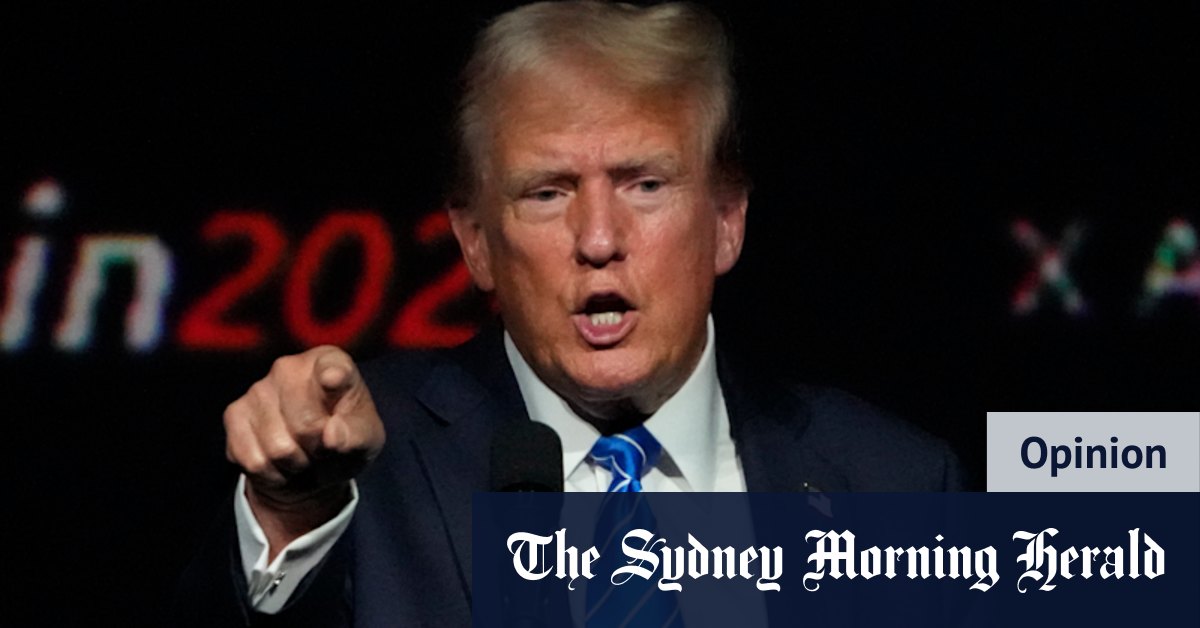Currently, approximately $250 billion worth of stablecoins are in circulation. Should the House of Representatives approve the proposed legislation, which is a modified version of the previously passed STABLE Act, it is expected to pave the way for a surge in new stablecoin issuers. Major retailers, including Amazon and Walmart, are reportedly preparing to launch their own digital tokens, along with various entities involved in payment networks. Additionally, leading U.S. banks and technology firms are exploring their own stablecoin initiatives, while numerous entrepreneurial ventures are anticipated to enter this burgeoning market.
Expanding Cryptocurrency Involvement
The Trump family has notably increased its investments in cryptocurrencies. A report from Citigroup released earlier this year projected that stablecoin issuance could soar to $3.7 trillion by 2030, and a U.S. Treasury analysis suggested that the figure might reach $2 trillion by 2028. The advantages of widespread stablecoin adoption are clear: they would eliminate intermediaries in financial transactions, as the crypto ecosystem operates on a peer-to-peer basis. This shift could significantly reduce merchant fees, interchange costs, and wire transfer expenses, while also expediting the clearing of funds.
Implications for Retailers and Financial Markets
This potential for cost savings explains the keen interest from retailers and highlights the competitive threat stablecoins pose to traditional credit and debit card systems. U.S. Treasury Secretary Scott Bessent has expressed optimism about the implications of stablecoins for the U.S. dollar and Treasury market. The dollar and U.S. Treasury securities already serve as the primary backing for many stablecoins and are expected to remain the preferred assets for tokens created under the proposed Genius Act.
Demand for the Dollar and Treasury Securities
This shift could create a substantial new demand for the dollar and Treasury securities, reinforcing the dollar’s status as a global reserve currency while potentially lowering the government’s borrowing costs, according to Bessent’s perspective. However, it is likely that most of the backing funds for these stablecoins would originate from traditional financial institutions—such as banks and money market funds—rather than being newly sourced. This indicates a redirection of existing U.S. dollar assets rather than the introduction of fresh capital into the system.
Concerns Over Financial Stability
This is a critical consideration, as it implies that deposits could migrate from highly regulated and insured environments, particularly for amounts under $250,000, to less regulated settings where funds might not be insured. Unlike bank deposits, which have the Federal Reserve as a safety net, stablecoins lack a lender of last resort. Additionally, concerns regarding the potential for these tokens to be misused for illicit activities have been raised, and they do not possess the same money-creation capabilities inherent to banks.
Volatility and Trust Issues
While the U.S. dollar is widely trusted and accepted, there is no assurance that a $1 stablecoin will maintain its value or be universally accepted as a means of payment. If the anticipated growth in stablecoin issuance materializes, it could disrupt the stability of the U.S. banking system and potentially others. Such a shift would convert generally stable retail deposits, which are federally insured, into more volatile and uninsured wholesale deposits, reminiscent of the regional banking crisis in the U.S. in 2023, which was sparked by a run on Silicon Valley Bank’s wholesale deposits.
Regulatory Requirements for Stablecoin Issuers
Under the proposed Genius Act, stablecoin issuers would need to maintain $1 in easily liquidatable assets for every $1 of stablecoins issued. While it is straightforward for issuers to acquire U.S. Treasury bills or cash-backed repurchase agreements to cover new deposits, a sudden surge in redemption requests could force them to sell these assets quickly. Such forced sales could lead to losses on Treasury bills and other assets. There have already been instances of existing stablecoins trading below their intended value.
Potential Market Reactions
Without a guarantor or a last-resort lender, any liquidity event within the stablecoin market could trigger a frantic rush by investors to exit their holdings, deepening losses and heightening the risk of contagion across the sector. Although the Genius Act makes it clear that these stablecoins would not be government-backed nor have access to Federal Reserve facilities, a significant downturn affecting the sector could compel the White House to intervene, especially if high-profile figures, such as the president, have substantial investments in stablecoins.
Historical Context and Future Considerations
Another major criticism of the legislation is its potential to create a scenario reminiscent of 19th-century America, where anyone could establish a bank and issue their own currency, provided they had sufficient collateral. Unlike the U.S. dollar, which is broadly trusted, there is no guarantee that a stablecoin pegged to the dollar will consistently maintain its worth or be accepted in transactions. Since fiat currencies are interchangeable while cryptocurrencies are not, each stablecoin’s backing could vary, leading to different vulnerabilities and responses to market disruptions.
Trust and Regulation Challenges
Unless there is real-time auditing of every stablecoin issuer, the level of trust traditionally associated with conventional banking and payment systems cannot be replicated. By endorsing and legitimizing stablecoins, U.S. lawmakers are integrating cryptocurrency more directly into the country’s banking and payment frameworks, resulting in a degree of fragmentation and introducing a new potential source of instability. Only time will reveal whether this approach will yield positive outcomes.

